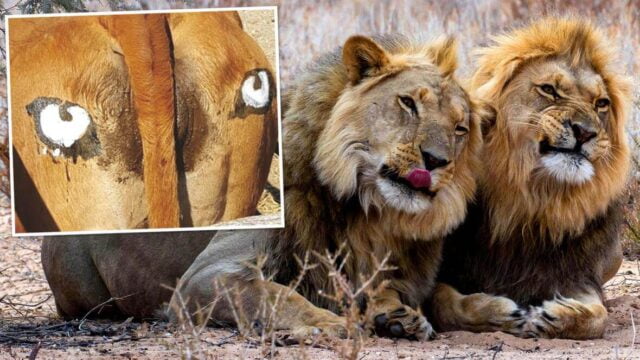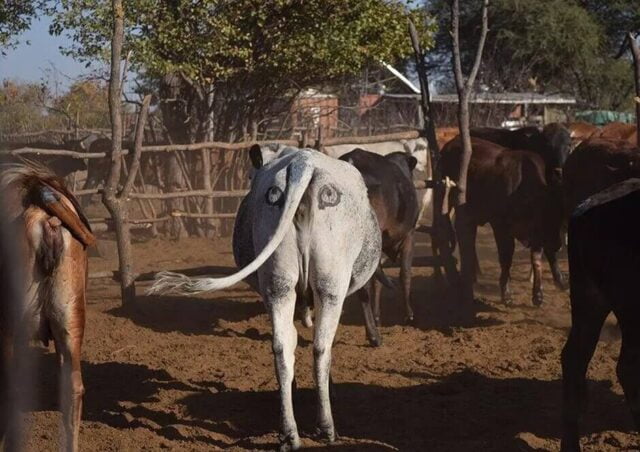The Okavango Delta of Botswana, a landlocked country in Southern Africa, is a vast, marshy inland river delta that is known for its grassy plains which incredibly are inhabited by a wide variety of wild animals.
This UNESCO world heritage site has been witnessing an incompatible coexistence of cattle herds and wild predators, consequently posing a threat to global conservation.
The Back Story
Initially, the cattle herders of the region had been hassled by the regular predatory attacks of lions and other wild animals. In response to those attacks, and in a bid to safeguard their farm animals, farmers would opt for retaliating with lethal countermeasures like killing the wild animals.
In this way, a declination of domestic cattle and the carnivores was emerging out of the human-wildlife conflicts.

So, to settle down the conflicts, Neil Jordan, a conservation biologist at the University of New South Wales in Australia, racked his brain only to come up with a smart idea to prevent wild animals from attacking farmers’ domestic livestock.
Also Read: This Is How K-Pop Band BTS’ Fanclub Raised Rs. 5 Lakh+ For An Indian Digital Night School In Under 24 Hours
The Unbelievably Effective Solution
Neil Jordan along with his teammates initiated a ten-week long ‘Eye-Cow Project’ following which they painted eyes on the backsides of one-third of a herd of 62 cattle and later on every night, counted the animals to see how many of the total had survived.

For painting the eyes, they used acrylic paint, mainly black and white or yellow, and applied it using foam stencils in the shape of the inner and outer eye.
The highly contrasting colours were chosen to fool the wild predators into believing that the prey is not worthy of attack. This is called aposematism in biology.

Much to the delight of the experimenting team, only three cows were killed during that period, none of whom had painted eyes on their butts. The results referred to that the painted cows survived the attacks.
Post this, an experiment of a larger scale was conducted to gain more evidence on the same.
Jordan extracted this very basic but effective idea from the fact that butterfly wings having eye-like patterns help them in deflecting preying birds and are also found in certain fish, molluscs, amphibians and birds.
Along with this observation, he took inspiration from the woodcutters that work in Indian forests wearing masks on the backs of their heads to ward-off tigers hunting for prey.
Jordan also reasoned that lions are known to be ambush hunters who simply give up on their chase when they see their prey being alerted about it. In the words of Jordan, he decided to test his “detection hypothesis”.

“The eye-cow technique is one of a number of tools that can prevent carnivore-livestock conflict. No single tool is likely to be a silver bullet. Indeed, we need to do much better than a silver bullet if we are to ensure the successful coexistence of livestock and large carnivores. But we’re hoping this simple, low-cost, non-lethal approach could reduce the costs of coexistence for those farmers bearing the brunt,” said Neil Jordan.
Though the study of this plan has yet to unfold the details about its utility, in the long run, this non-lethal and cost-effective approach has hopes of farmers pinned on it for a better domestic-wildlife symbiosis.
Image Credits: Google Images
Sources: Science Alert, Ars Technica, CNET
Find The Blogger: @ELadki
This post is tagged under: South Africa, Livestock, Why scientists are painting eyes at the backs of cows, Neil Jordan, Carnivores animals, Cattle, farmers, unique solutions, farming techniques, how to save domestic animals from wild animals, interesting solutions, protect cattle from tigers lions, predators, attacks, being eaten up, protect cows
Other Recommendations:
https://edtimes.in/marijuana-is-given-as-prasad-at-some-temples-of-karnataka/
































